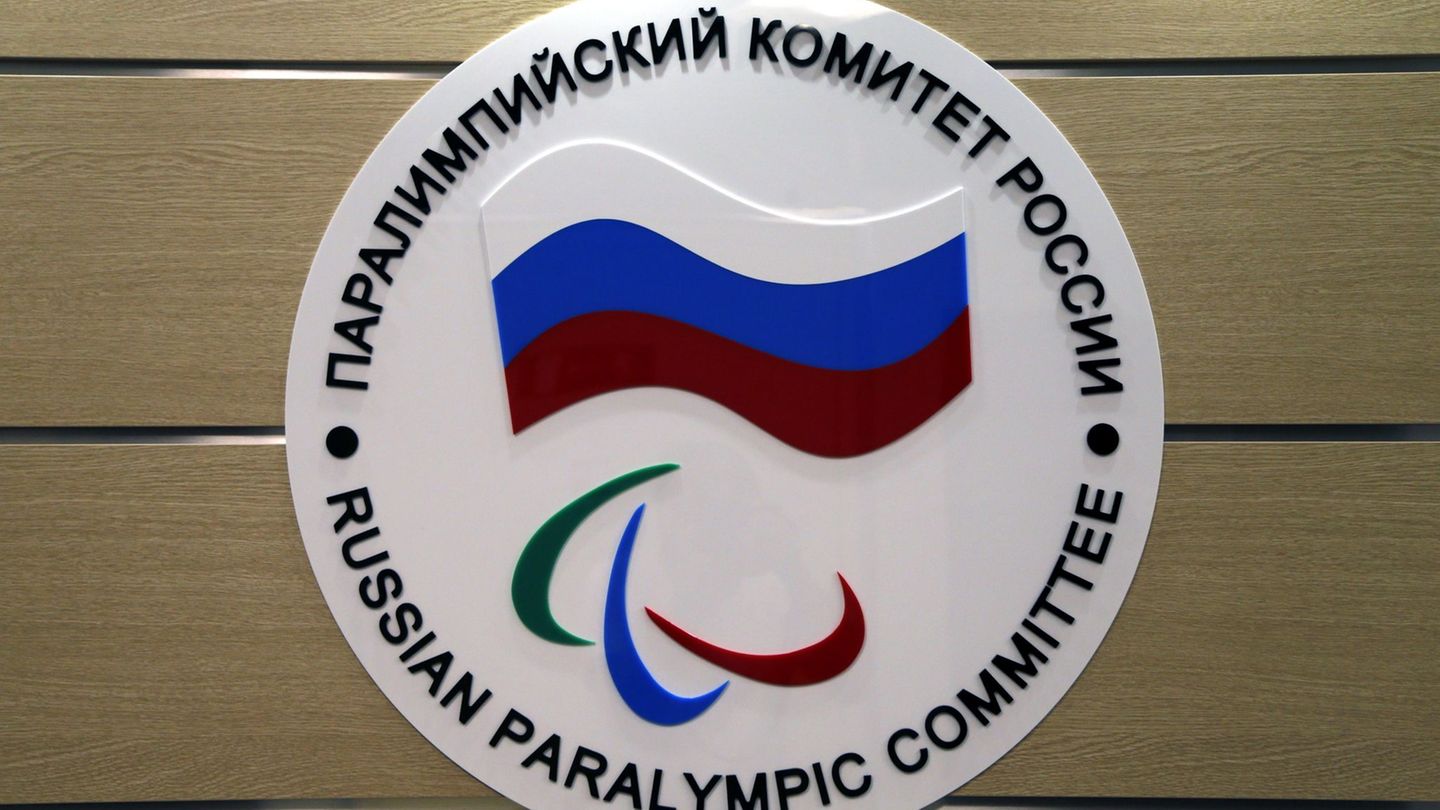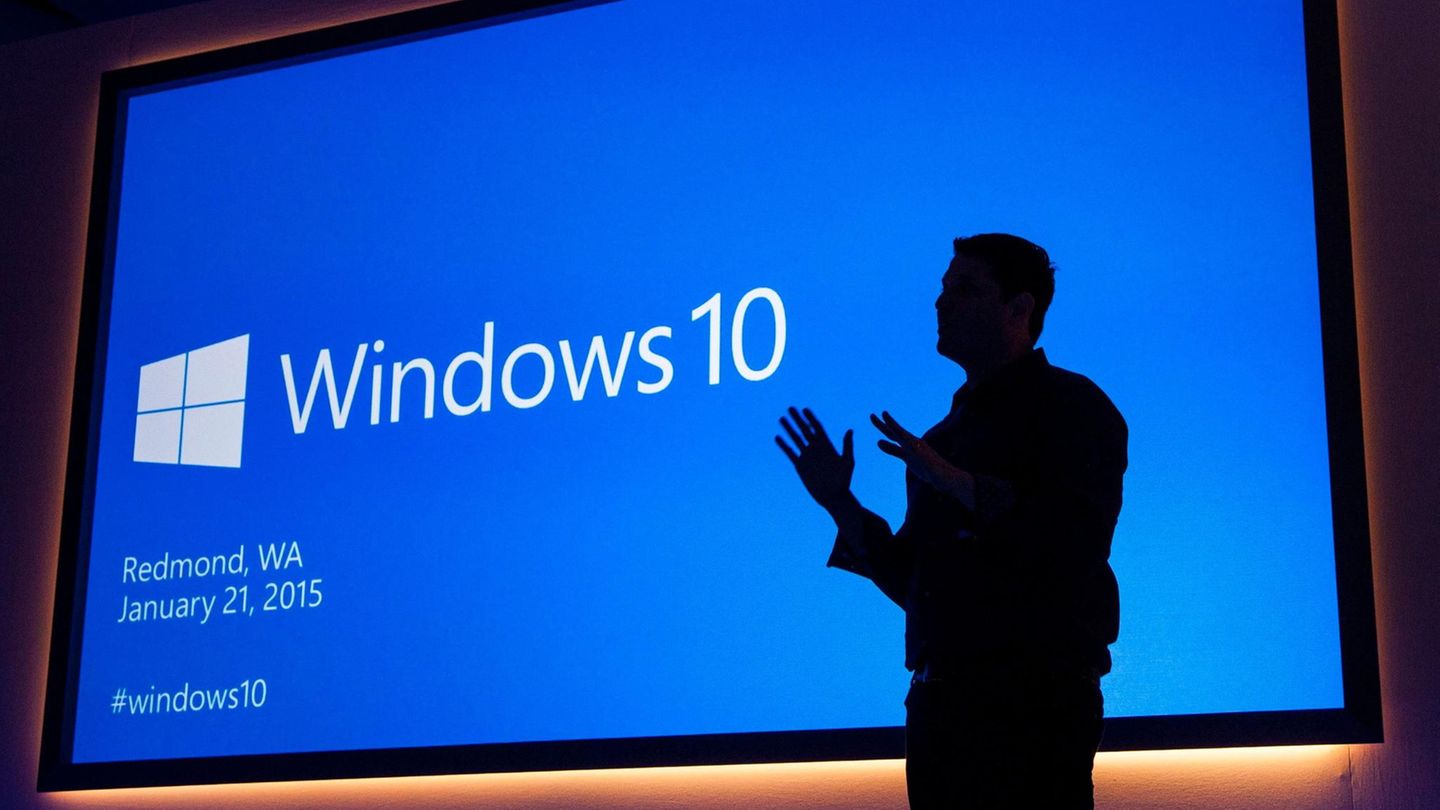1. The drought
Harvest estimates foresee a deterioration compared to 2021 in the main grains of around -5%. If the weather is not favorable, the Central Bank would suffer a reduction of US$4 billion according to EcoGo estimates. Added to lower international prices due to the change in the international context, agro-industrial exports would fall 20% compared to 2021 (US$6.7 billion). This fall would cause an equivalent deterioration in settlements in the agricultural sector up to US$29 million. The drop in agriculture generates an additional retraction that was not contemplated. Even with the agreement of the IMF, for EcoGo growth would have a decline of 0.7% by 2022.
2. Delays in the agreement
At the same time, the Government is negotiating with the IMF to renegotiate the bulky debt, although in recent days the differences regarding fiscal issues have been made public. In the first quarter, maturities with the agency are almost US$4,000 million, of which US$1,100 million must be paid in the next two weeks. This encourages a strong expectation of devaluation – added to the fall of sovereign bonds – which generates exchange rate instability. An example of this has been a growth in the blue dollar gap during January. During the week, revenues from the oilseed sector are estimated at US$470 million, although the BCRA was only able to absorb a little over US$100 million – accumulating purchases of US$200 so far this month-According to EcoGo, “there is no incentives for the field to liquidate and this can be seen in the levels of January, which fell from those of last December. Thus, the path of accumulation of reserves remains complicated, especially if payments are not cleared”.
3. Factors that are no longer
During 2021, with a trade surplus, with the SDRs and the boom in the prices of raw materials, the Central Bank managed to contain the situation and was able to stop a greater escalation in financial dollars that would impact the parallel. Other aid received were loans from international organizations of US$988 million.
These factors allowed it to face the commitments of international organizations, debt payments from the private sector and debts from the provinces abroad. For economists, these factors will not be seen in the first half of the year, which further damages the organization’s ability to fire in the face of a possible external shock.
4. Deficit in Services
Another factor that does not collaborate is the deficit of the services account, which at the end of 2021 showed a drop of US$754 million, showing an increase in net expenses of 27% compared to October. And more than tripling the November 2020 deficit ($201 million). In relation to imports and aware of the shortage of dollars, the BCRA made the decision to restrict imports for vehicles from abroad. Although it is a first measure, economists do not rule out others to avoid a greater drain on reserves.
5. Demand for dollars
Although the purchase of dollars in December produced a minimum of US$105 million to purchase savings dollars according to data from First Capital Group and pending official data from the Central Bank, today the official dollar is the cheapest on the market, which encourages purchases to hedge against inflation despite the current ban on buying more than u$s200.
What alternatives does the government have?
At the end of the month, the government made the first payment this year. It will be US$731 million. In February, it will be US$372 million, while in March, the most important maturity will be US$2,873 million. During the year, the capital to be paid will be US$17,892 million, while interest is US$1,250 million. The total payment for 2022 with the current scheme, without an agreement, amounts to US$19,142 million.
For the consulting firm EcoGo, the scenario proposes two alternatives: the government may not reach an agreement until March 2022. In this case, economists foresee an escalation in the exchange rate – which will add pressure to the reserves that could once again try to contain the financial dollars – and a rise in inflation. Or, the other possibility, is that there is a renegotiation in March without reaching the default scenario. In this case, the opposition would support this decision.
Other alternatives are: go towards an agreement of extended facilities with the Fund with a shock adjustment of public accounts accompanied by the opposition. Second, the government can go for a gradualist plan and accept the exchange rate gap with the possibility of an agreement with extended facilities. In this case, opposition support would not be counted.
Finally, Argentina would have one more chance. According to the statute of the body managed by Kristalina Giorgieva, failure to pay the approximately US$4,080 million of the first major expiration of the Stand By signed by Mauricio Macri (3,567 million of principal and some 472 million of interest); and a period of crisis would open between the parties that would last six months, until it is officially determined that Argentina entered into default with the Fund.
This implies that until September 30 there would be time to continue the dialogue. During that time, the debtor would have time to comply or, in this case, to continue negotiating an Extended Facility. In this period, Argentina would not be unable to receive money from the World Bank and the Inter-American Development Bank (IDB); but only of programs and credits already granted. You will not be able to ask for extra money.
Source From: Ambito
David William is a talented author who has made a name for himself in the world of writing. He is a professional author who writes on a wide range of topics, from general interest to opinion news. David is currently working as a writer at 24 hours worlds where he brings his unique perspective and in-depth research to his articles, making them both informative and engaging.




